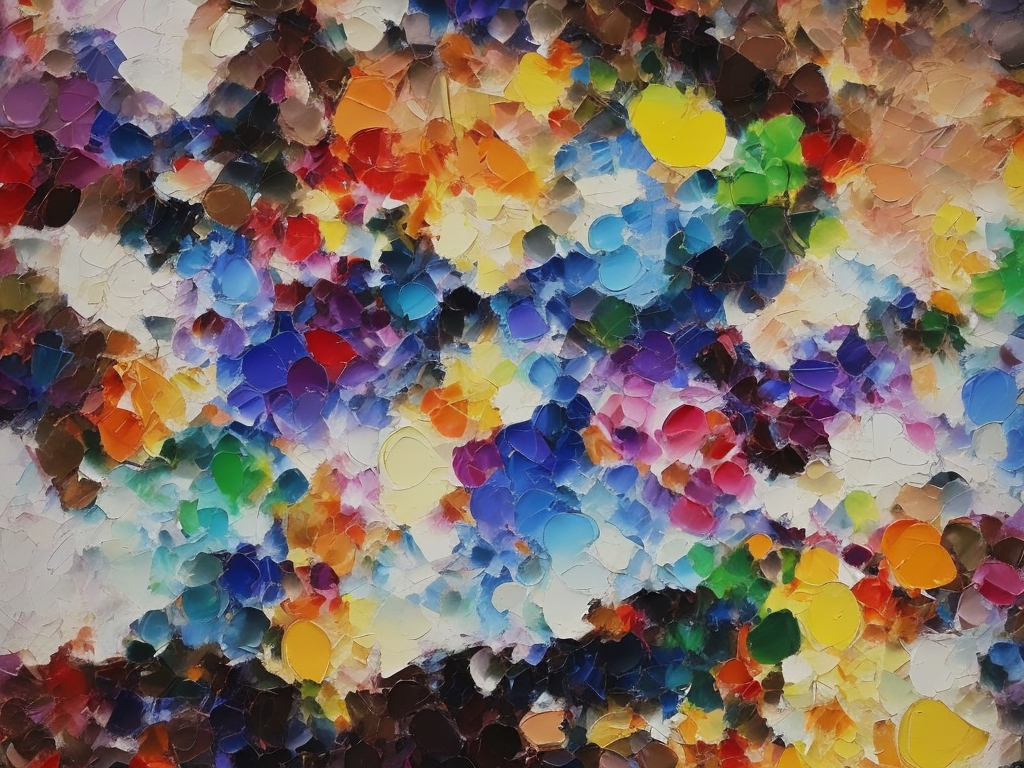
Art education is defined as the study of the intrinsic values of art and its skillful creation. It is a vital part of a well-rounded education that fosters creativity, critical thinking, and personal expression. The two aspects of art education are visual arts and art history.
Visual arts refer to the creation of artworks such as paintings, sculptures, prints, and photographs. It teaches students essential skills, such as seeing like an artist, using materials to create different textures and shapes, and creating a visual language to express their ideas. Visual arts provide opportunities for students to explore their imaginations and develop their problem-solving abilities. When creating art, students learn to make choices, experiment with materials, and take risks. These are vital skills that are transferable to other aspects of life, such as decision-making and problem-solving.
Visual arts also enable students to understand the role of art in society. Art is a means of expression that has been around for centuries. It reflects the values and beliefs of cultures and individuals throughout history. Visual arts allow students to explore different art forms, such as painting, sculpture, architecture, and design, and the significance of each in the world.
Art history is the second aspect of art education. It explores the historical and cultural contexts in which art was created, and its development over time. Art history examines art movements, styles, and artists' biographies. It provides students with a better understanding of the role of art in history and society. Art history teaches students how to analyze artworks and appreciate their significance. It teaches students how to interpret an artwork based on the artist's intentions, the historical context, and the cultural background.
Art history provides students with tools to understand the impact of art on society. Through studying art history, students learn to appreciate different cultural perspectives and the beauty of diversity. They gain an appreciation for the value of art and its enduring legacy in the world.
Art education, both visual arts and art history, is crucial for developing cognitive, emotional, and social skills. Art education fosters creativity, critical thinking, and personal expression. It teaches students to think critically, problem-solve, and make choices. It provides them with a space to express their feelings and emotions in a visual language. Art education also builds self-confidence and improves communication skills.
Art education also enhances students' understanding of the world around them. It provides them with an appreciation for different cultures and the beauty of diversity. Art education teaches them to see beyond the surface and appreciate the inner workings of the world.
The benefits of art education extend far beyond the classroom. Art education improves cognitive function, reduces stress and anxiety, and promotes overall well-being. It also provides an outlet for personal expression and reflection.
Art education is especially critical in today's rapidly changing world. The global workforce demands creativity, innovation, and problem-solving skills. Art education prepares students for a future that demands innovation and creativity. It provides them with the essential skills to be successful and fulfilled individuals.
In conclusion, art education has two aspects: visual arts and art history. Visual arts teach students to create art, develop critical thinking and problem-solving skills, and appreciate the role of art in society. Art history teaches students the historical and cultural context of art, and how to analyze and appreciate artworks. Art education fosters cognitive, emotional, and social skills, and prepares students for success in a rapidly changing world. Art education provides a space for personal expression and reflection and promotes overall well-being. Art education is a fundamental aspect of a well-rounded education that should be available to all students.
 Self-Instruct
Self-Instruct